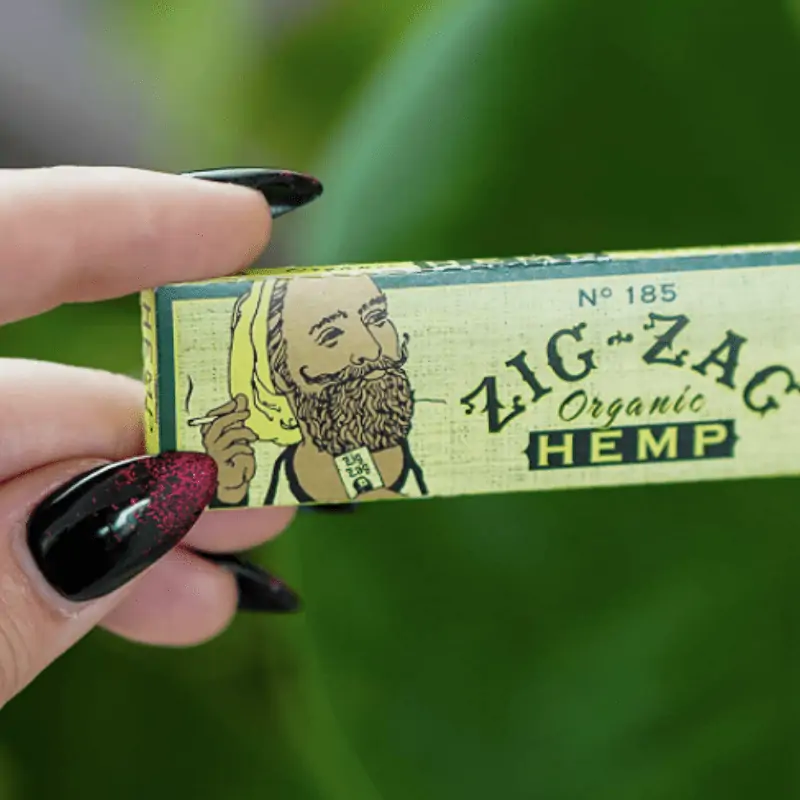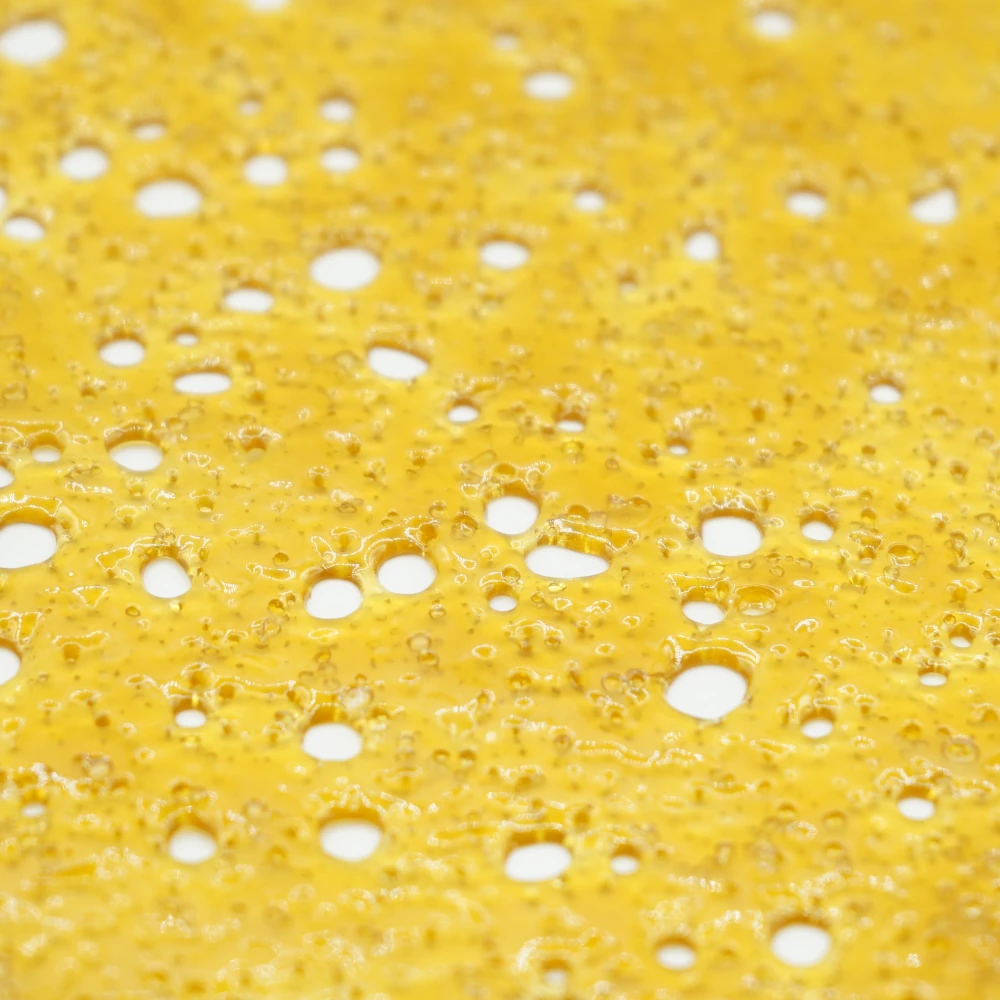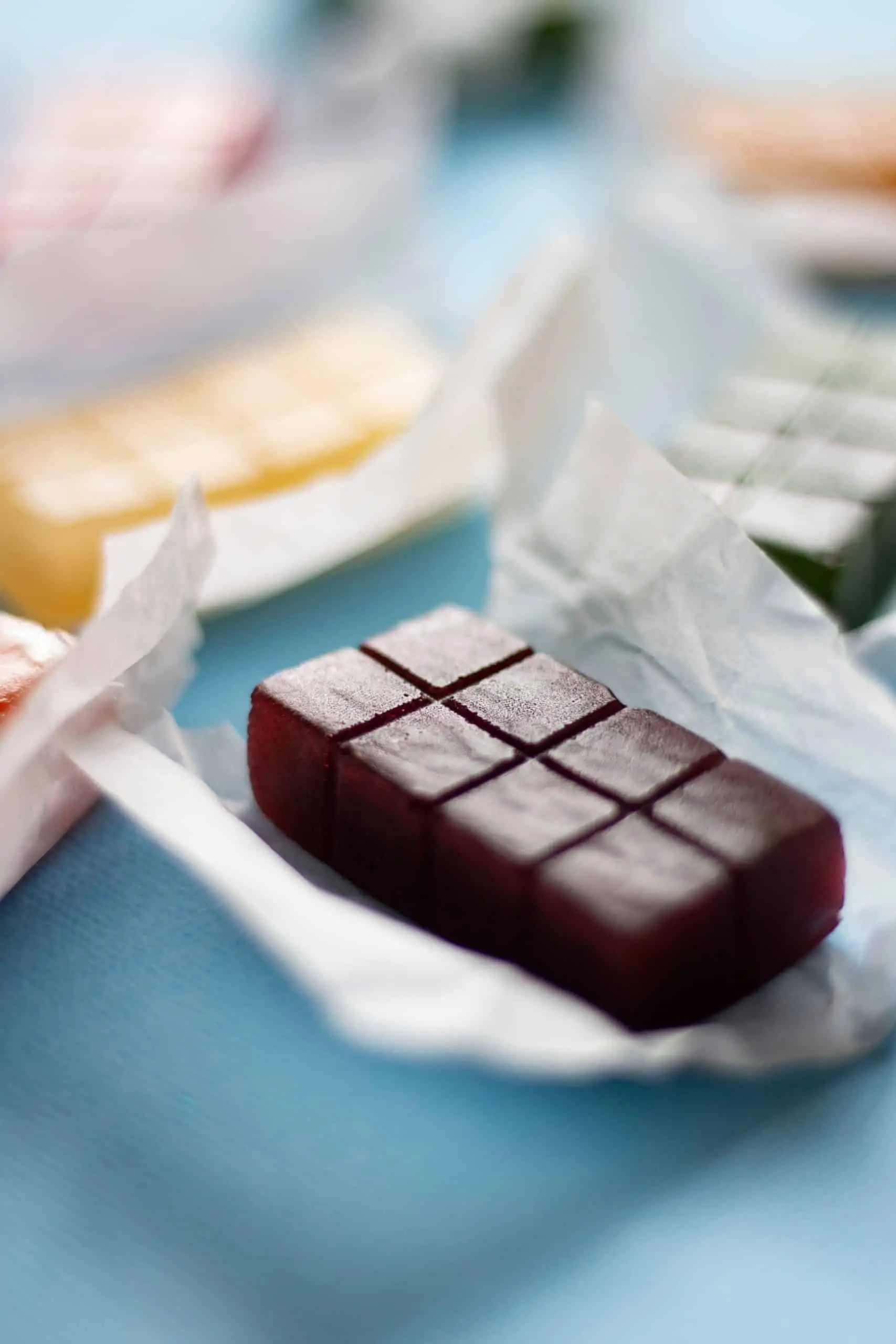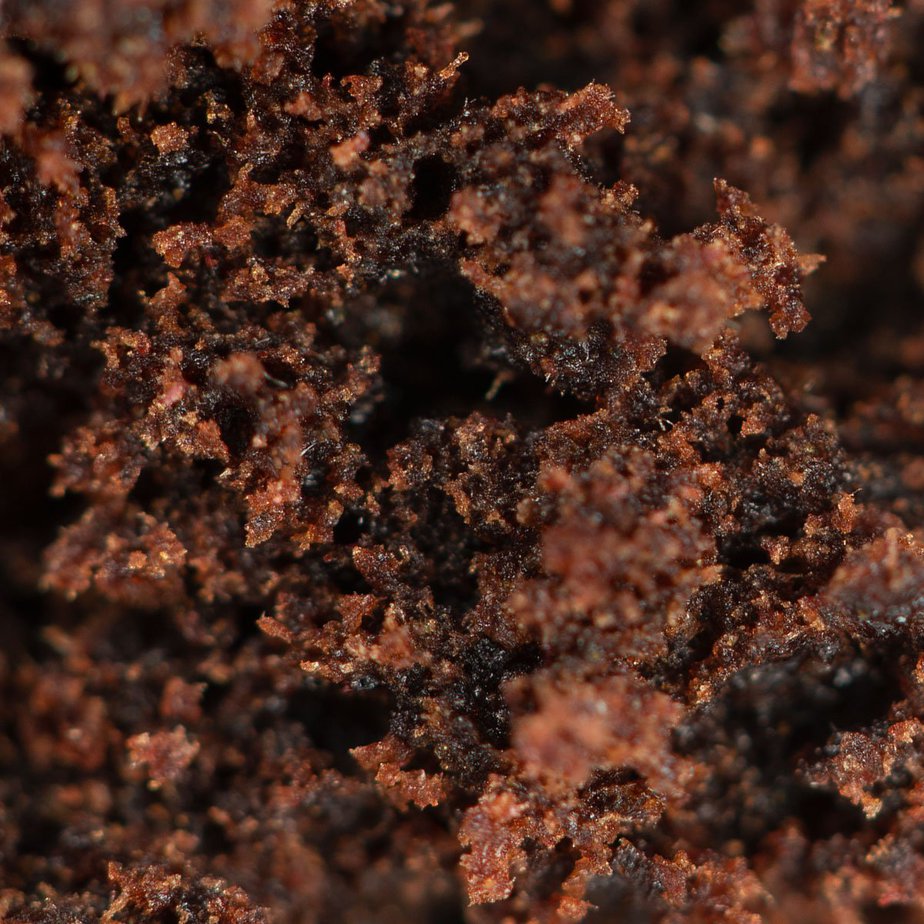| Subtotal | Items |
|---|---|
|
$175-249
→7 Grams
|
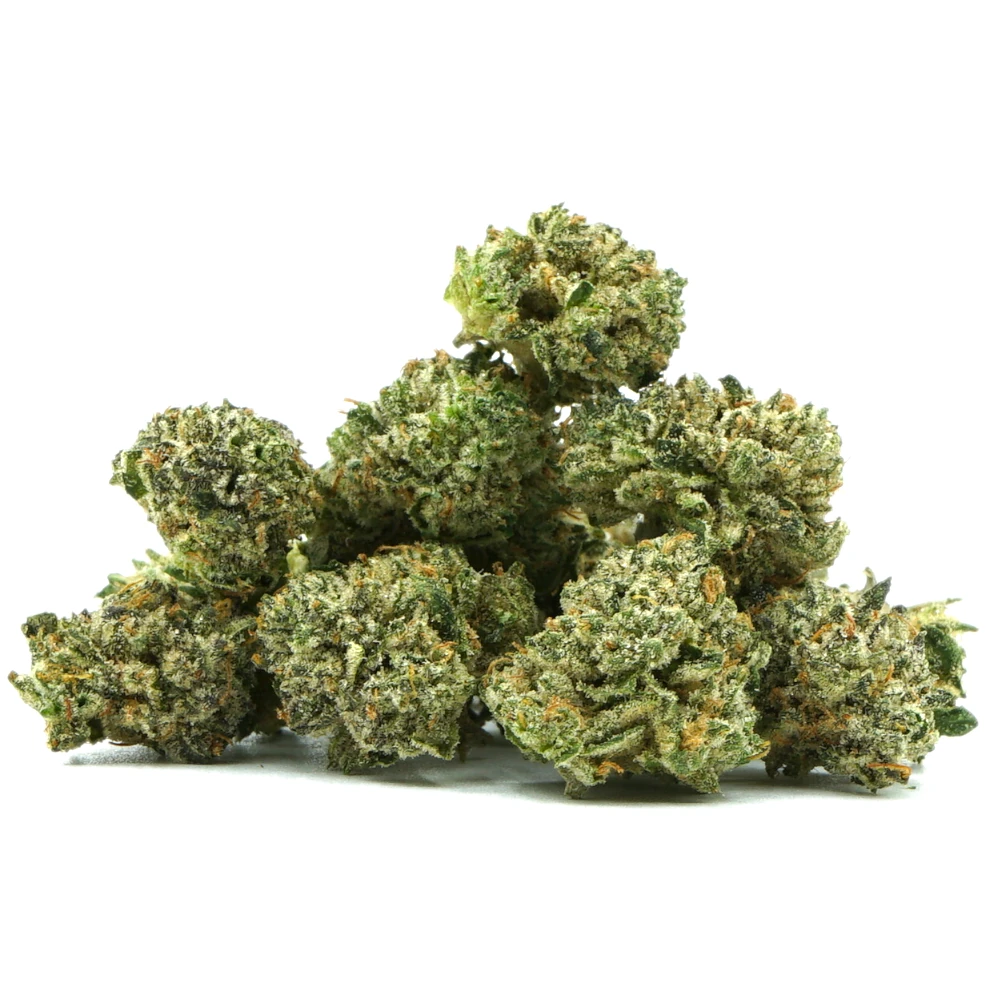
|
|
$250-399
→14 Grams
|

|
|
$400+
→28 Grams
|

|
Marijuana
Hash 101: Your Complete Guide and Legal Overview of Hash in Canada
Hashish, an ancient cannabis concentrate, has resurfaced in Canada’s thriving cannabis culture, captivating enthusiasts with its rich history and potent effects. As curiosity about hash grows, understanding its origins, varieties, effects, consumption methods, and legal status becomes essential for those eager to explore this intriguing aspect of cannabis consumption. In this guide, we will delve into the fundamentals of hashish, equipping readers with the knowledge they need to navigate Canada’s hash landscape with confidence.
The Origins and Production of Hash:
Hashish traces its roots back thousands of years to regions such as the Middle East, where its use was documented in ancient texts and rituals. Historically, hashish was produced through methods such as hand-rubbing cannabis plants or sieving trichomes from harvested material. In modern times, hash production has evolved to include solvent-based extraction methods, resulting in concentrates like shatter, wax, and rosin.
Understanding Hashish Varieties:
Hashish comes in various forms, each with its own unique characteristics and production methods. Traditional hand-pressed hash offers a distinct texture and aroma, while kief-based hash concentrates the potent trichomes of the cannabis plant. Solvent-extracted concentrates, such as shatter and wax, boast high potency levels and diverse flavor profiles, appealing to a range of consumer preferences. Red Lebanese hash and Mercedes hash are among the popular choices for consumers in Canada, known for their distinct flavors and effects.
Effects and Consumption Techniques:
Hashish consumption yields potent effects due to its concentrated cannabinoid content, offering both therapeutic and recreational benefits. Smoking remains a popular method for consuming hash, with enthusiasts using pipes, bongs, and traditional methods like hot knives. Vaporizing hash provides a cleaner, more controlled experience, while incorporating hash into edibles and tinctures offers alternative consumption options.
Selecting High-Quality Hash:
Choosing high-quality hash involves assessing various factors, including appearance, aroma, texture, and potency. Quality hash should exhibit a consistent texture and color, with a distinct aroma that reflects its cannabinoid and terpene profile. Lab testing information, including cannabinoid potency and terpene profiles, can help consumers make informed decisions when selecting hash from dispensaries.
Legal Status and Availability in Canada:
In Canada, the legal status of hashish falls under the regulations outlined in the Cannabis Act, which was enacted on October 17, 2018. This legislation permits adults aged 18 or older (19+ in most provinces and territories) to purchase, possess, and consume various forms of cannabis, including hash, within regulated limits and conditions. This legal framework ensures that consumers have access to a diverse array of hash products, including popular choices like Red Lebanese hash and Mercedes hash, through licensed online dispensaries and retail stores across the country. Understanding provincial regulations and sourcing from reputable suppliers are essential for consumers to navigate the legal landscape of hashish consumption in Canada.
FAQ
Q: What’s the best way to consume hash?
A: The best way to consume hash depends on personal preference and desired effects. Common methods include smoking in pipes, bongs, or rolled joints, vaporizing with specialized devices, or incorporating hash into edibles and tinctures.
Q: How potent is hash compared to other cannabis products?
A: Hash is typically more potent than dried cannabis flower due to its concentrated cannabinoid content. It’s essential to start with small doses, especially for inexperienced users, to gauge tolerance and avoid overconsumption.
Q: Can I mix hash with other cannabis products?
A: Yes, hash can be mixed with dried flower, concentrates, or edibles to enhance potency and flavor. Experimentation with dosage and consumption methods is key to finding the right balance for individual preferences.
Q: How should I store hash to maintain its quality?
A: Store hash in a cool, dark place away from direct sunlight and excessive heat to preserve its potency and flavor. Airtight containers, such as glass jars or silicone containers, are ideal for maintaining freshness and preventing oxidation.
Q: How much hash or cannabis can I consume a day?
A: Cannabis consumption limits vary based on factors like tolerance and desired effects. Health Canada advises starting with a low dose and gradually increasing consumption. It’s important to be aware of product potency and follow recommended dosages to minimize risks. Health Canada recommends avoiding more than 10 milligrams of THC per serving, particularly for new users. Understanding personal limits and waiting at least two hours between doses are key to responsible consumption. Refer to resources like the “Knowing Your Limits with Cannabis” guide by the Canadian Centre on Substance Use and Addiction (CCSA) for detailed guidance.
Q: Are there any legal restrictions on consuming hash in Canada?
A: In Canada, the legal consumption of hash follows the same regulations as other cannabis products. It’s important to consume hash responsibly and adhere to provincial laws regarding purchase, possession, and consumption of cannabis products.
Conclusion:
Hashish stands as a captivating facet of Canada’s cannabis culture, steeped in history and offering a spectrum of experiences for enthusiasts to explore. By delving into its origins, varieties, effects, consumption techniques, and legal status, individuals can embark on a journey of discovery, uncovering the nuances and pleasures of hashish consumption. Whether seeking relaxation, creativity, or therapeutic relief, hashish remains a cherished and versatile component of Canada’s cannabis community, inviting all who dare to indulge to experience its magic firsthand.





